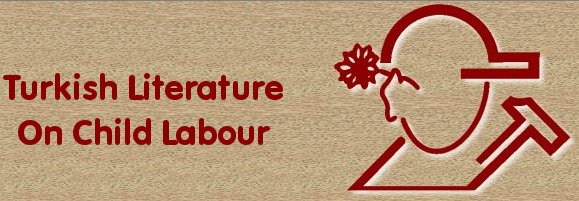Success Stories from Street to Hope Model Studies Aimed at the Solution of the Issue of Children Working in the Streets: Ankara, Adapazarı, Diyarbakır, Gölcük, Yalova, Support Centers for Children Working in the Streets
Title of the Study: Success Stories from Street to Hope
Model Studies Aimed at the Solution of the Issue of Children Working in the Streets: Ankara, Adapazarı, Diyarbakır, Gölcük, Yalova, Support Centers for Children Working in the Streets
Type of the Study: Research – Evaluation Report (The study has been conducted within the scope of the ILO-IPEC Programme.)
Authors of the Study: Ayşe Gündüz Hoşgör
Ertan Karabıyık Özgür Çetinkaya
Hasan Cemal Sargın
Presentation,,
Year/Place of Publication: International Work Office 2005, Ankara
Language of the Study: Turkish
Number of Pages: 86
Purpose: To demonstrate the sample practices in the events conducted in the “center for children working in the streets” in 5 cities and guide the initiatives about children working in the streets in Turkey within the frame of the Programme.
Content: The Introduction section explains the purpose, methodology and stages of the study. The second part touches the good practices regarding studies conducted in 5 cities. Part three gives the conclusion, general evaluation and suggestions.
Method: The study has been carried out in 3 stages. The first stage examines IPEC documentation about 5 centers. Second stage examines, in consultation with the currently IPEC partner organizations, the existing experiences thru the above-explained good practice method. At this stage, 5 centers were visited and meetings and focus group interviews were made with representatives from different sectors. At the third stage, a draft report of good practices has been prepared and this draft report was sent to relevant persons for their opinions.
Excerpt: Now my paint chest is something in the past. I am doin good paintings. An excerpt from a poem written by a student studying at Vali Nafiz Kayalı Elementary Regional Boarding School .(p.21)
Some keywords: child labour, ILO-IPEC, children working on the streets
